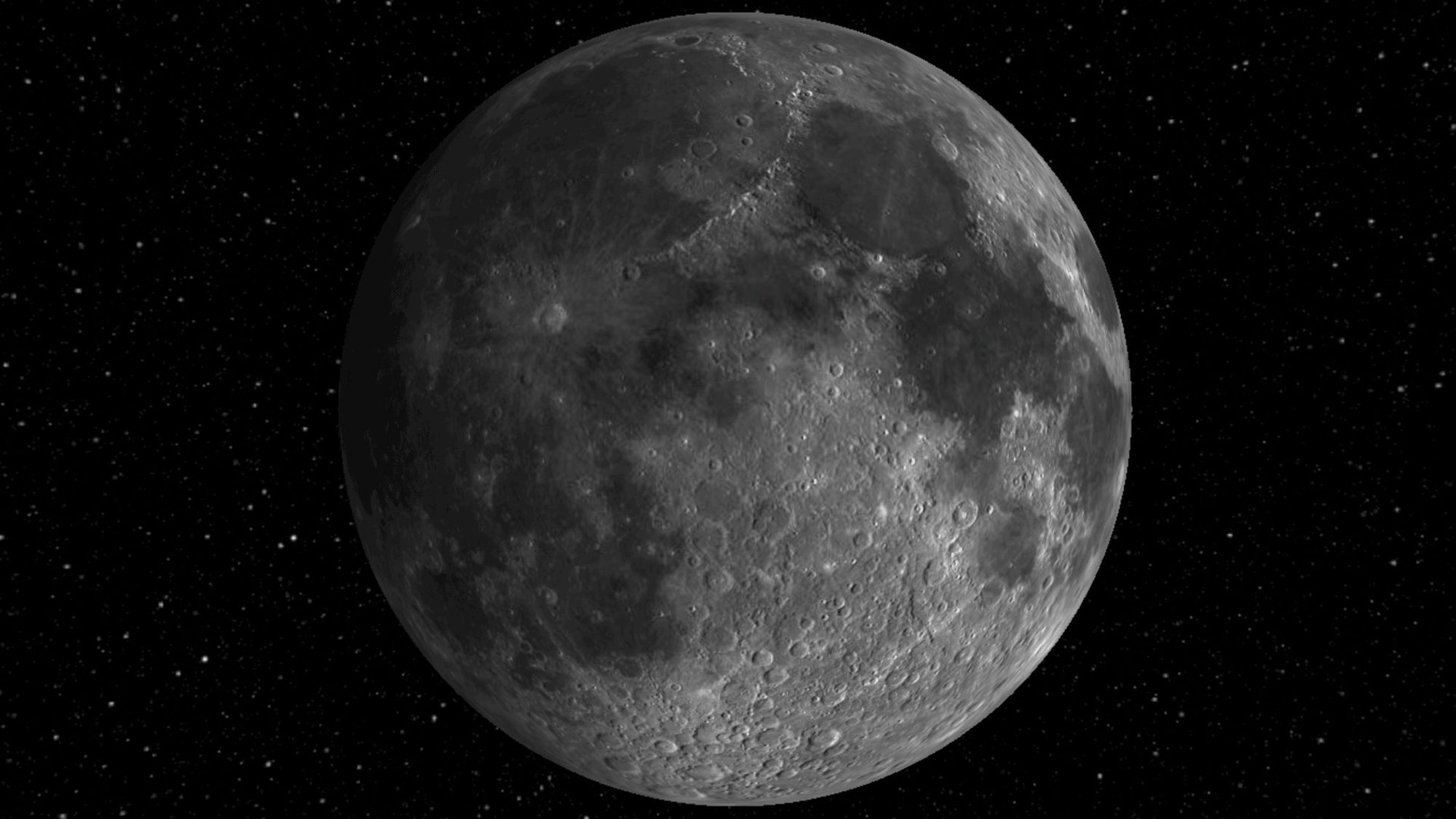All the resources a lunatic needs
The biggest danger in the space business is wishful thinking. All too often, a flashy rendering and a compelling idea are enough to generate buzz. The experts look for more important signs: Capital, physical hardware, launch contracts, and a plan that seems to align with those of national space agencies. Here are some key sources to help you separate frontier capitalism from science fiction:


The biggest danger in the space business is wishful thinking. All too often, a flashy rendering and a compelling idea are enough to generate buzz. The experts look for more important signs: Capital, physical hardware, launch contracts, and a plan that seems to align with those of national space agencies. Here are some key sources to help you separate frontier capitalism from science fiction:
Journalists
SpaceNews senior reporter Jeff Foust, who also edits the Space Review, is seemingly omnipresent on the space beat—and has a Ph.d in planetary sciences from MIT to back it up. His twitter account is a must-follow, along with the newsletter he edits, First Up.
Ars Technica’s Eric Berger has covered NASA and space from Houston, Texas, for more than two decades. His twitter feed is a good place to keep up-to-date on the latest in US space policy, along with his weekly newsletter, Rocket Report.
Andrew Jones at GBTimes is one of the few English-language reporters providing in-depth coverage of China’s space program, as well as on his twitter feed.
Reports
“Commercial Lunar Propellant Architecture” (pdf)— This report, produced by thirty engineers and scientists, offers the exhaustive case that it is economically feasible to produce rocket fuel on the moon.
“Start-Up Space: 2018” (pdf) — Bryce Space and Technologies is one of the space market researchers with deep industry and government connections. This report offers a useful snapshot of the private investment flooding into the space sector.
“Space: Investing in the Final Frontier” — Morgan Stanley’s team doesn’t know the space sector well, but captures the extraordinary bullishness Wall Street has suddenly taken toward the idea of the $1 trillion space economy.
Books
Rocket Billionaires: Elon Musk, Jeff Bezos, and the New Space Race — Not to brag, but my 2018 book about the rising private space sector is the best context you need to understand why investors are taking the extra-terrestrial business seriously.
Apollo 8: The Thrilling Story of the First Journey to the Moon — In July 2019 we’ll commemorate the 50th anniversary of the first human moon landing, but we just lived through the same anniversary for Apollo 8, the first mission to send humans around the moon. This account offers a firm grounding in how difficult that was.
The Overview Effect: Space Exploration and Human Evolution — Passed around among space geeks, this book captures the sometimes-mystical belief held by space evangelists that getting off this planet will change humanity for the better.
What to watch in 2019
Note: Launch dates are tentative at best due to the tricky business of flying rockets.
January 3: China is expected to land its Chang’e-4 lunar rover on the far side of the moon.
~January 17: SpaceX is scheduled to launch an un-crewed demonstration of its astronaut-carrying spacecraft, an important milestone in proving out NASA’s public-private partnerships.
January 20-21: A total lunar eclipse will have the moon top-of-mind.
~ January 30: India’s space agency is expected to launch Chandrayaan 2, an ambitious mission that will attempt to place a lander near the moon’s south pole.
~February 13: A SpaceX rocket launching an Indonesian communications satellite will also launch Israeli company SpaceIL’s moon lander, which could be the first privately-funded spacecraft to reach the lunar surface.
March: Boeing is expected to launch an un-crewed demonstration of its astronaut-carrying spacecraft, once again testing NASA’s public-private model.
March: SpaceX is expected to launch its Falcon Heavy rocket for the second time, which could help prove its worth as a part of future lunar missions.
May 21: The fiftieth anniversary of Apollo 10’s dress rehearsal for the first moon landing.
June: SpaceX is expected to launch crew on its astronaut-carrying spacecraft, potentially becoming the first private company to carry humans to orbit.
July 2: A total solar eclipse will have the moon blocking the sun. Reminder: It’s still up there!
July 20: The 50th anniversary of the Apollo 11 lunar landings.
August: Boeing is expected to make the first crewed launch of its astronaut-carrying spacecraft.
Q3 2019: A SpaceX rocket is expected to launch a pair of moon rovers developed by a group from PTScientists, a German organization which participated in the Google Lunar X-Prize, backed by Audi, Vodafone, Omega and Red Bull Media.
December: China’s Chang’e 5 lunar mission could launch, marking the first attempt by China to return scientific samples to earth from the lunar surface.